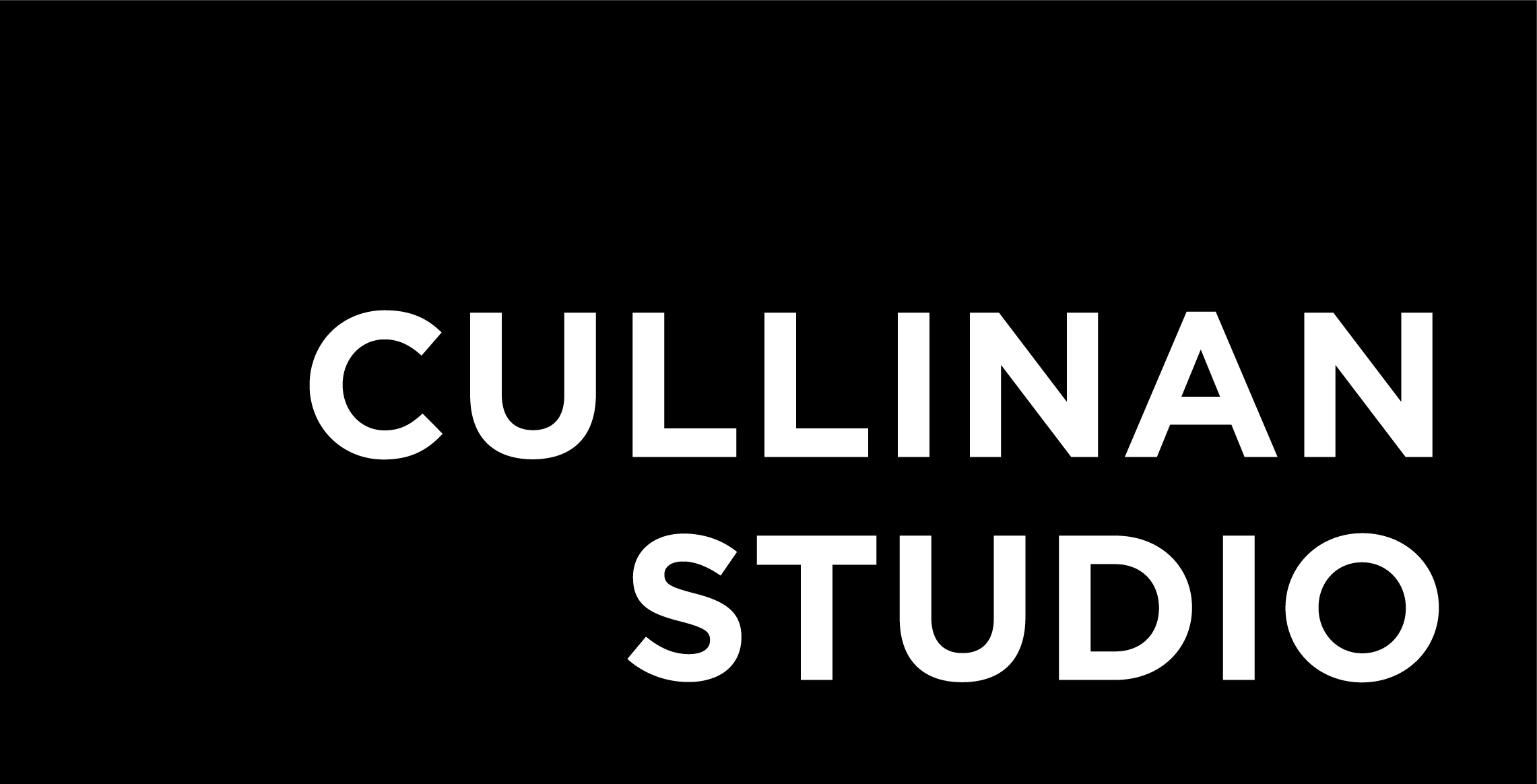Daniel Bianchi
Partner
Daniel is motivated by creating environments which excite people and allow them to thrive alongside nature. Since working at Cullinan Studio he has embraced this challenge through cultural, healthcare, private and social housing projects and is always looking to embrace the next challenge with his trademark calmness and focus.
He is the BIM lead within the practice and uses his expertise to ensure the technology we use engages with the most interesting part of architecture – that people use the buildings we create. Daniel is working on developing a methodology for calculating Embodied Carbon on our current projects.
Alongside Daniel’s work at Cullinan Studio, he is a keen runner with a fairly speedy marathon time. He has been known to swim and cycle as well, but for the moment is taking on one thing at a time.
Project Experience
First CLT building in the North-West
Imagine a hospital visit which doesn’t begin at a desk with a receptionist scrolling down on a screen to find your surname before directing you to a numbered room through a series of white corridors. We have been working alongside Alder Hey Children’s Hospital, Liverpool to re-write the story for this often-daunting journey – with inviting design and natural materials at the centre of it.
The stats show that natural materials can enhance the emotional wellbeing and physical recovery of patients, so for Alder Hey’s two new inpatient and outpatient centres we are designing a landscape focused, cross laminated timber structure – a first in the North West!
EXPLORE PROJECT
Does Teamwork = better work?
I’ve always enjoyed working with clients, engineers, landscape architects, contractors and the like because we all team up to offer different areas of expertise, but what can architects offer in collaboration with other architects? I’ve been finding out with Housing Eastfields; a housing project collaboratively designed by Levitt Bernstein Architects, Proctor Matthews Architects and Cullinan Studio. Together, I believe we’re genuinely offering a better design to the client, not to mention the eventual residents. An obvious benefit is the sharing of ideas, but there’s more to it. It has exposed us to new ways of approaching ideas and new processes – not to mention the most fun I’ve had in a design session for a while. I’ll be jumping at the next opportunity to team up.
Can smaller practices re-write the script?
The potential of programmes such as Dynamo has been known for a long time, but only been accessible to the supergeeks in architecture, or those who somehow have time to learn yet another skill within the business of running a project.
Within Cullinan Studio we have used the programme to design a 400m long double-curving walkway for the Heart of the Forest, Leicestershire, but more recently we’ve been trying to make our whole team more literate in visual programming - not to create complex parametric shapes - but to give us what we so often crave – more time! Then we can focus on what really matters.




